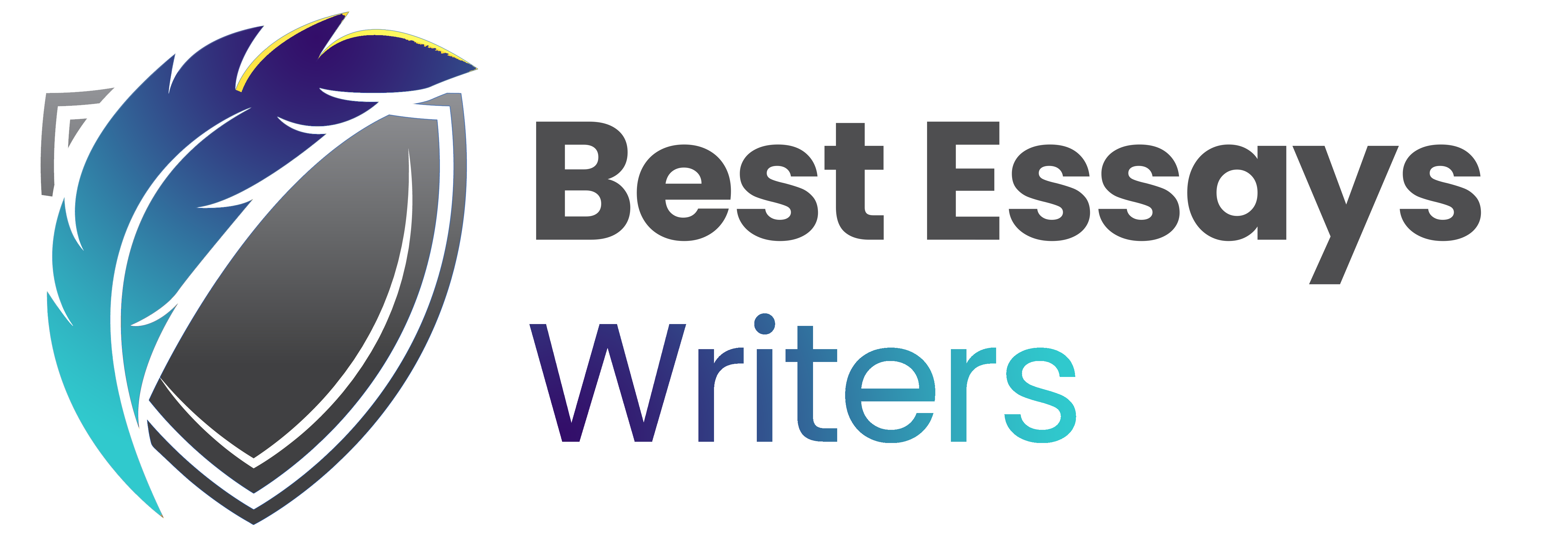- The best essay writing company you will ever find online
- +1(646) 814 8116
- bestessayswriters@gmail.com
macroeconomics 1. Suppose the economy is described by the following behavioura
Hello world!
May 27, 2020CRITICAL THINKING ABOUT THE BIBLE
January 5, 2021macroeconomics
1. Suppose the economy is described by the following behavioural equations:
Consumption C = 150+0.8YD where YD = disposable income
Investment I = 120
Government G = 120
Taxes T = 10
What are equilibrium GDP and consumption?
2. Suppose the population of a country is 200 million people of whom 60 million are working age. Of these 60 million 30 million have jobs. Of the remainder: 5 million would like jobs but are not searching; 5 million are discouraged workers; and the rest are actively searching for jobs.
macroeconomics
1. Suppose the economy is described by the following behavioural equations:
Consumption C = 150+0.8YD where YD = disposable income
Investment I = 120
Government G = 120
Taxes T = 10
What are equilibrium GDP and consumption?
2. Suppose the population of a country is 200 million people of whom 60 million are working age. Of these 60 million 30 million have jobs. Of the remainder: 5 million would like jobs but are not searching; 5 million are discouraged workers; and the rest are actively searching for jobs.
a) Calculate the labour force participation rate ((Labour Force/working population)*100)
b) Calculate the official unemployment rate ((Unemployed/Labour Force)*100)
3. What is inflation? State and explain 3 three reasons why is it necessary to control inflation in the economy.
b) If the central bank of Pakistan were to respond to fast growth in the domestic economy by tightening monetary policy all other things being equal what would be the short run effect on interest rates the exchange rate and unemployment?
4. Assume output in Australia is currently below potential output and unemployment is above the natural rate. And the government decides to pursue an expansionary fiscal policy in order lower the unemployment rate.
a) How would the budget balance be affected ceteris paribus?
b) Use the AD-AS model to explain how the policy would affect the economy ceteris paribus.
Attachments:
